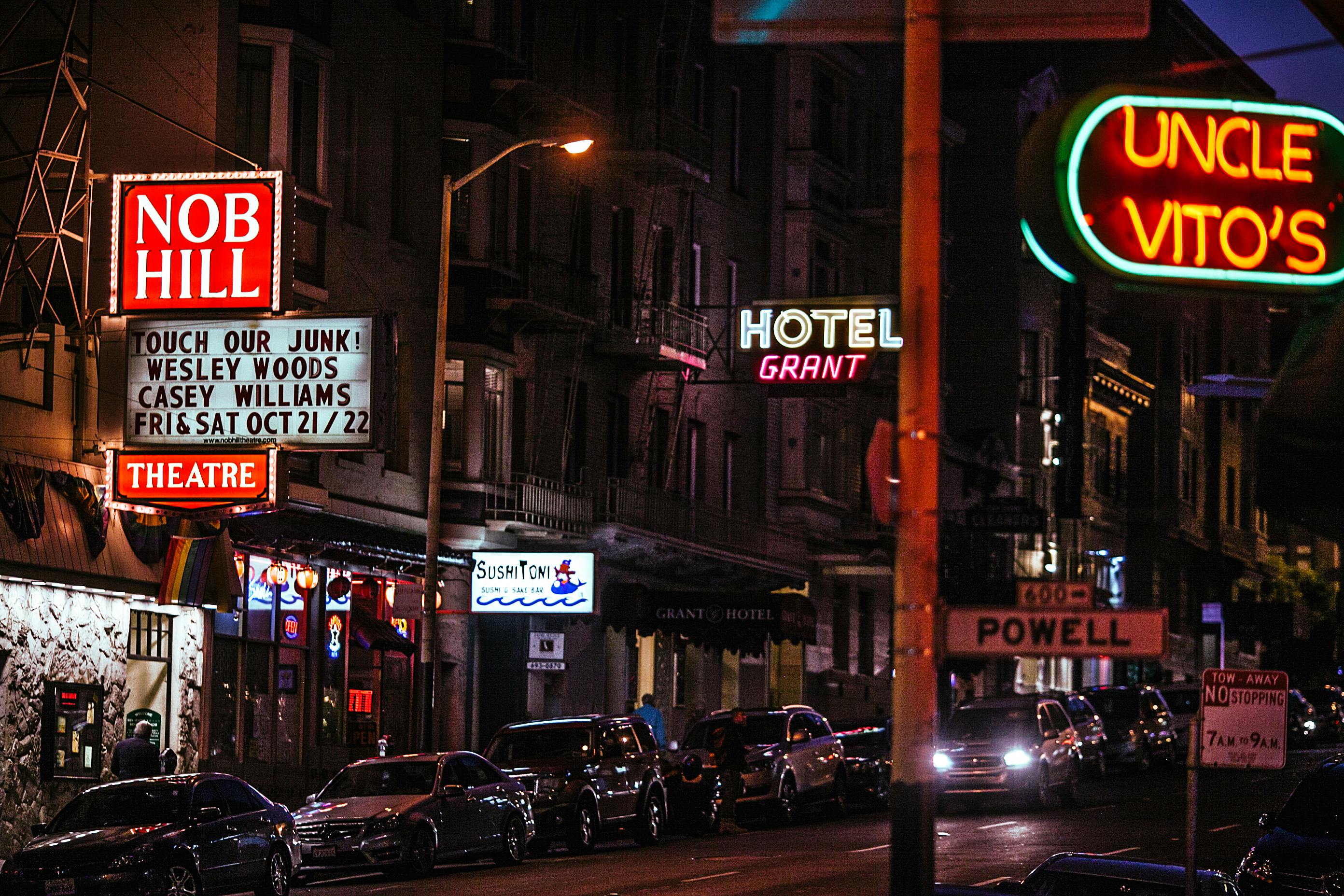The American dream, at least for many Americans, has always been to buy a home. The United States is different from all the other countries in the world; here, everyone has an equal opportunity to achieve that American dream. In the early 2000s, banks began to relax their mortgage loan requirements and began lending to people who were not good candidates for a mortgage; this resulted in more Americans being able to buy houses but unable to afford them. The reason banks decided to lower their mortgage requirements was pressure from Fannie Mae and Freddie Mac, two government-sponsored companies, to give more Americans home loans, even if they couldn’t afford the loan.
Fannie Mae was a product of FDR’s New Deal and went public in 1968. Fannie Mae’s sole purpose is to expand the secondary mortgage market (the market for the sole purpose of selling mortgage-backed securities and bonds) and to create more securities backed by mortgages. (MBS; an asset-backed security that represents a claim on the cash flows of mortgage loans) that allows lenders to reinvest their assets in more loans and increase the number of lenders in the mortgage market by reducing reliance on associations savings and loan (S&L, or “savings”). Their main job is to give banks federal money to make mortgage loans (especially to low-income and disadvantaged homebuyers) to make more homeowners in America. A side effect of this intent was that the corporation created an incredibly liquid secondary mortgage market, allowing lenders to make more mortgages, specifically by purchasing FHA-insured loans. The Housing and Community Development Act of 1992 required Fannie Mae and Freddie Mac to meet “affordable housing goals” set annually by the Department of Housing and Urban Development (HUD) and approved by Congress. The initial annual goal for low- and moderate-income mortgage purchases for each government-sponsored entity was 30% of the total number of housing units financed with mortgage purchases and increased to 55% by 2007.
While the government lowered rating standards and forced banks to make more loans, riskier mortgage products began to enter the market. Homebuyers were not only offered the traditional 30-year fixed-rate mortgage that were once considered “safe” options, but adjustable-rate mortgages (ARMs), jumbo loans, and other non-amortizing products that They flooded the market. Combine sophisticated mortgage products like ARMs with homebuyers with little to no credit and little to no verifiable income, and it was only a matter of time before the entire stack of cards came crashing down.
Not long after, the biggest foreclosure crisis America has ever seen began to spread across the country. In direct response, things in the real estate and lending markets began to tighten; Home prices continued to plummet as property values declined due to the high number of foreclosures, and lenders quickly reinstated the tighter credit ratings of the past. No longer could a person walk into a bank with no income or credit and leave with the keys to a new house. Banks began to reinstate the 10% down rule and again began adhering to more conservative credit standards. As a result, Fannie Mae continued to lose market share, and the value of GSE began to plummet.
The federal government stepped in and forced taxpayers to bail out near-bankrupt GSEs like Fannie Mae. Among some of its desperate measures, the federal government gave Fannie Mae and Freddie Mac access to low-interest loans from the Federal Reserve and removed the ban on the Treasury Department buying Fannie and Freddie stock. However, by August 2008, the shares of Fannie Mae and Freddie Mac had fallen more than 90% from their levels just a year earlier.
It is estimated that the Freddie Mac and Fannie Mae bailout will likely cost taxpayers between $224 and $360 billion in total; we’ve only paid out $150 billion so far.
